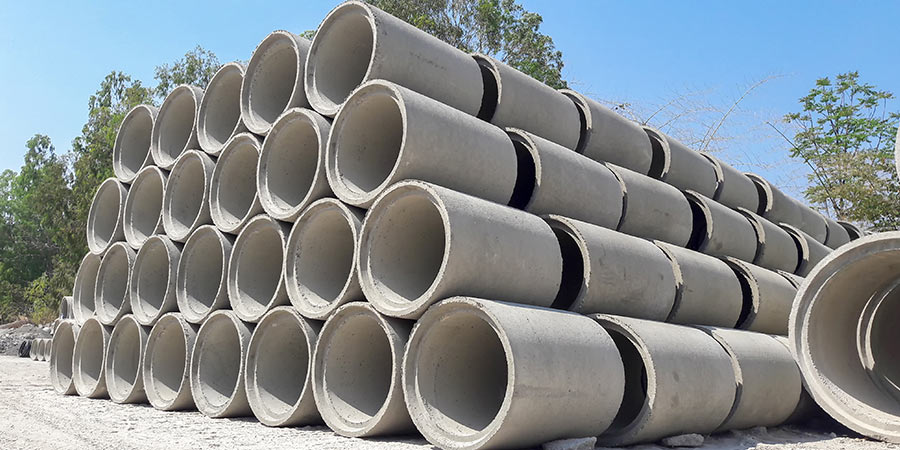Control flow concrete increases productivity for precasters

The global precast construction market is projected to reach $185 billion by 2022, spurred by increased construction spending and increased urbanisation. According to a recent study by Allied Market Research, the demand for greater energy efficiency and faster construction is driving an increase in the use of precast concrete systems.
Precast concrete is often used to create structural systems (columns, beams, floors, girders, etc.), underground and utility systems (pipe, manholes, septic tanks, etc.), and building enclosure systems, such as insulated wall panels. Since precast concrete is cast in a controlled environment, it is easier to control the mix, placement and curing. As the precast concrete market grows, we’re seeing precasters adopt innovations to achieve further efficiency gains.
For example, using self-consolidating concrete gives precasters the advantage of an increased rate of production. This durable, high flow concrete speeds up placement into forms, while reducing the labour and equipment necessary to place conventional concrete. This is particularly beneficial in molds with dense reinforcement, since conventional concrete can’t easily fill the gaps between the bars. However, self-consolidating concrete often requires a more expensive mix design as well as higher proportions of cement and fine aggregates. This can negate some of the cost benefits gained from faster production.
A new concrete category called control flow concrete has been developed to overcome those challenges. It bridges the gap between conventional concrete and self-consolidating concrete.
Like self-consolidating concrete, control flow concrete is higher flowing than conventional concrete, and can be placed into forms with minimal vibration needed. This enables precasters to produce more each day than in the past. Additionally, control flow concrete is created using a conventional mix design, so the material costs are lower than they are with self-consolidating concrete.
It is created by adding CONCERA® admixtures to conventional concrete, resulting in highly flowable, segregation-resistant concrete with a slump flow that falls between those of conventional and self-consolidating concrete. Control flow concrete is ideal for creating precast concrete beams, columns and underground elements. It can also be used for architectural precast, since it results in an aesthetically pleasing finish.
Learn more about control flow concrete and CONCERA® admixtures
Tags
- CONCERA™
- Engineer
- Structural Solutions